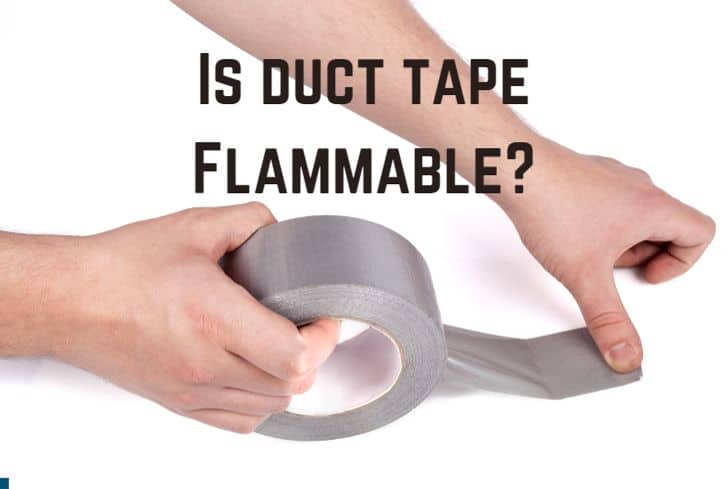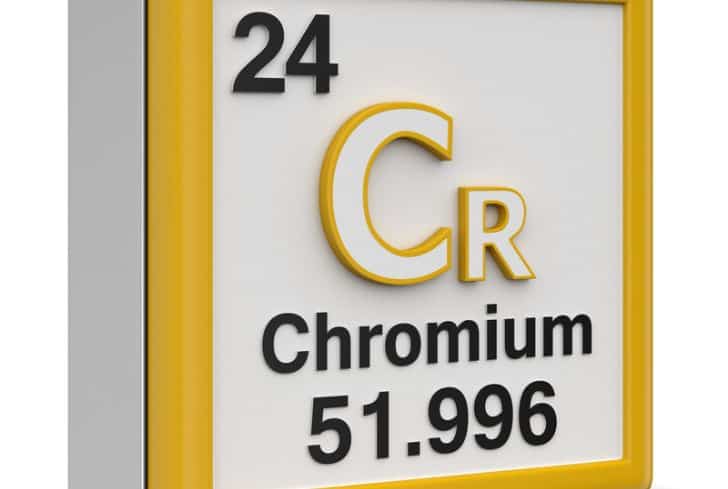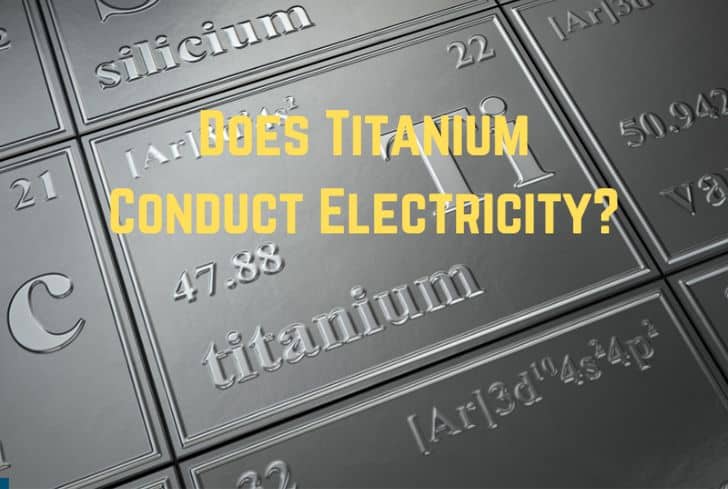Is Sand Magnetic?

Sand is a loose, granular material made up of rock fragments and mineral particles. It is a naturally-occurring substance formed by weathering, a process by which the environment breaks down rocks, minerals, and chemicals together over hundreds & millions of years.
Sand is found on beaches, deserts, and other areas of erosion. It is extensively used in construction (as an ingredient of concrete), landscaping, sandblasting, etc. Have you ever wondered if sand is magnetic?
In this article, we are going to discuss just that, looking at various types of sand and their magnetism.
Read: Is Potassium Magnetic?
Does Sand Have Magnetic Properties?
Sand may or may not be magnetic depending on its composition. It is a granular material made up of finely divided mineral particles, and if some of these elements are magnetic, then the sand will also be magnetic.
Let us first understand what magnetism is. Magnetism is a force caused by the motion of electric charges. Every substance is made up of atoms. These atoms have electrons (particles that carry an electric charge) that circle the atom’s center, called the nucleus.
In most substances, equal numbers of electrons spin in opposite directions. This cancels out their magnetism, and they are not attracted to a magnetic field. These include things like cloth, wood, paper, etc., and are called diamagnetic.
However, in some substances like iron, the electrons spin in the same direction. This allows their magnetic fields to combine, and it produces a magnetic field extending beyond the atoms. These objects are strongly attracted to magnets and are called ferromagnetic.
Now, in the case of sand, we are not dealing with a single element but an aggregate of tiny mineral particles. The location where the sand forms and the materials constituting it shape its properties, including magnetism.
The most common constituent of sand is silica (silicon dioxide), usually in the form of quartz. Silica is diamagnetic, so it is not attracted to magnets. However, sand also contains impurities, some of which may have magnetic properties, leading sand to also show weak magnetism.
There are also some variants of sand, which are quite magnetic, as we will discuss.
Is Black Sand Magnetic?
Yes, black sand is magnetic. This is because it contains magnetite, a type of iron oxide. Iron is a ferromagnetic material, so black sand also acquires this magnetic property and is attracted to magnets.
Black sand is sand that is black or dark in color, and it is of two types. One is a heavy, glossy mixture of fine sands containing minerals like magnetite, which is found as part of placer deposits (concentration of minerals deposited by water).
The other type consists of tiny fragments of basalt and is found near volcanic areas. There are also black sand beaches, such as those in New Zealand and Iceland. Other color beaches can also contain some level of black sand, especially after storms.
The first type of black sand contains magnetite, which is a type of iron oxide. Just as iron is a ferromagnetic material, so is magnetite. Black sand also acquires this magnetism, which is why it is attracted to magnets.
If you go to a black sand beach and bring a rare earth magnet to the surface, the sand particles will get attracted to it just like iron fillings. Each sand particle gets magnetized and becomes a temporary magnet itself, amplifying the magnetic field in that spot.
This leads to more black sand getting attracted, and you see the particles acquire a porcupine-like shape. Check out this video to see how magnetic tools can be used to separate the black sand from other materials.
Is Kinetic Sand Magnetic?
No, kinetic sand is not magnetic. It is made up of silicon, which does not have free electrons. Therefore, it is a diamagnetic material and is not attracted to magnets.
Kinetic sand is a kind of sandbox material having the physical properties of wet sand. However, it is dry and does not make a mess. It is made up by mixing 98% sand with 2% polymer, which allows it to be molded and shaped.
It is moldability and non-toxic nature makes it a great toy for children. Kinetic sand can also improve fine motor skills and increase sensory awareness. It is popular among adults as well, who use it as a stress-relieving and therapeutic tool.
Kinetic sand is not magnetic, because neither sand nor polymer is magnetic. Sand is mostly made up of silica, which is diamagnetic. Therefore, kinetic sand is also not attracted to magnets.
Is White sand Magnetic?
Yes, in some cases, white sand can be magnetic. White sand is mostly made up of quartz, limestone, and feldspar, which are not magnetic. However, sometimes, it can contain trace amounts of iron or magnetite, which can give it a magnetic nature.
White sand is mostly made up of quartz, limestone, and feldspar, and these materials give the sand its light appearance. It is widely used in construction (as an ingredient of concrete), landscaping, and for making bases of water features like aquariums.
White sand has a bright, clean look that reflects sunlight, which is why it is a popular choice for beaches. If the beach’s natural sand is dark, white sand is often imported from other locations to make it more attractive.
White sand is a natural resource in some places. For example in Hawaii, the white sand beaches are made of crushed coral. In other parts, white sand is made by processing natural sand.
White sand is usually not magnetic because it is largely made up of quartz, limestone, and feldspar, all of which are non-magnetic. However, in some cases, it can contain small amounts of iron or magnetite, which are ferromagnetic. In such cases, white sand will also be magnetic.
Is Silica Sand Magnetic?
No, silica sand is not magnetic. Silica or silicon dioxide is a non-magnetic material, so it is not attracted or repelled by a magnetic. Therefore, silica sand shows the same properties.
Silica is a naturally occurring mineral found in various forms, including quartz. Silicon sand is used in the production of glass, construction, and other industrial applications. It is also used as a proppant in the hydraulic fracturing process known as fracking.
For a material to be magnetic, it has to have unpaired electrons. Silica or silicon dioxide, however, does not have any unpaired electrons. Therefore, it does not exhibit any magnetic behavior and silicon sand imbibes the same non-magnetic properties.
Is Iron Sand Magnetic?
Yes, iron sand is magnetic. It is mostly made up of iron-bearing minerals such as magnetite.
Iron sand is found along coastlines and in areas where iron-rich rocks have eroded. It is often used in the production of iron & steel, in water purification systems, and as a source of fertilizer for livestock feed.
Iron sand is magnetic because it contains iron-bearing minerals like magnetite, which are magnetic.
Is Magnetic Sand Toxic?
Magnetic sand itself is not toxic. However, sand is a mixture of various tiny elements. It can sometimes contain harmful minerals or pollutants.
Sand is made by a long process of weathering, which breaks down rock fragments and other minerals, turning them into sand. As such many different kinds of materials go into its composition.
Sometimes, heavy metals like lead or mercury may also be present in the sand, which are toxic if ingested or inhaled. Moreover, sand present in areas contaminated by industrial activities can contain extremely harmful pollutants.
So, while magnetic sand itself may be non-toxic, it is always best to handle it with caution.
Can Soil be Attracted to a Magnet?
Yes, soil can be attracted to a magnet, depending on the elements composing it and their concentration. If it contains magnetic materials, then it will be attracted to a magnet.
Sometimes, soil can have iron-bearing minerals like magnetite, or other minerals like hematite and pyrrhotite. These are magnetic, and will also make the soil magnetic. However, the nature of magnetism will generally be weak.
It will also depend on other factors like the soil’s particle size, moisture content, etc.
Can Sand be Melted?
Yes, sand can be melted. It is made up of tiny minerals such as quartz, which have a high melting point. When heated to a sufficient temperature, these individual grains will soften and melt into a liquid form.
The melting point of sand depends on its composition. Most commonly, sand is made up of silica, and such sand has a melting point of 1700°C (3092°F). It can be melted in a high-temperature furnace.
Melting sand poses the risk of thermal shocks and other hazards, therefore, it should only be done by specialists using the right equipment.
Read: Is Graphite Magnetic?
Conclusion
In this article, we have looked at the magnetic properties of sand. We began by looking at the formation of sand, and how it is made up of a vast mix of elements. Usually, sand is composed of silica, which is non-magnetic, leading sand to be the same. However, in some cases, as in black sand, it may include iron-bearing minerals like magnetite, which will make it magnetic.






